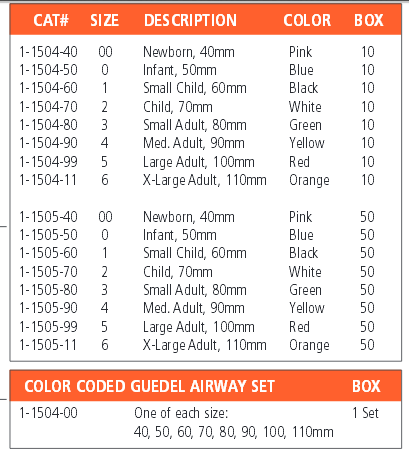
This best practice was developed through a collaborative effort of the American Academy of Pediatric Dentistry Councils on Clinical Affairs and Scientific Affairs to offer updated information and recommendations regarding prescribing radiographs for pediatric dental patients. Dental providers may reference this document to guide decisions regarding the type and periodicity of dental radiographs, with aims to improve patient care, limit radiation exposure, and utilize resources appropriately. Special attention is paid to justification for use of cone beam computed tomography, related safety concerns, and need for comprehensive interpretation of resulting images.

This test is modified slightly in the toddler age group and made into a game. Your child usually wears some type of earphones. A test that uses an electrical machine to transmit sounds at different volumes and pitches into your child's ears. Emphasis is placed on the importance of minimizing radiation in the pediatric population, and intraoral radiographs are confirmed as the standard diagnostic radiographic tool. Evaluation of hearing may include the above mentioned tests, along with the following: Play Audiometry. Other Spanish exercises about the same topic: Audio test Choose another topic N. Latching and non-latching alarms are categorized in Tables 5 and 6. Some readings may not have the audio recordings yet but be patient.

Indications for non-latching alarms are automatically removed when their alarm condition no longer exists. This document highlights the purpose of radiographs for diagnosing oral diseases and trauma, monitoring growth and development, and assessing treatment outcomes. For paced patients with internal/transvenous pacemakers, in addition to the above, the pace pulse should be. 1-6 Pediatric Patient Subpopulation Approximate Age Range Newborn (neonate) Birth to 1 month of age. Considerations included clinical findings, medical and dental histories, and risk factors for dental caries. The Propaq M unit can be used on pediatric patients (as described in the following table) and on adult patients (21 years of age or older) with and without heart dysfunction. an abnormal behavior of the ap/fd and/or the a/thr, 5. abnormal correlation of basic flight parameters (pitch, thrust, airspeed, altitude and vertical speed indications). fluctuating or unexpected changes of the indicated airspeed or altitude, 3. Recommendations were made according to type of patient encounter and the patient’s age and stage of dental development. a speed discrepancy (between adr 1, 2, 3, and standby indications), 2.

Food and Drug Administration and American Dental Association’s Recommendations for Prescribing Dental Radiographs. This best practice provides guidance on the proper timing, selection, and frequency of dental radiographs for pediatric dental patients and endorses the U.S.


 0 kommentar(er)
0 kommentar(er)
